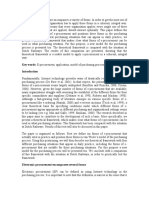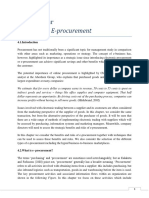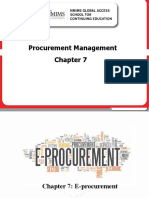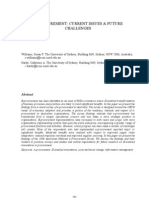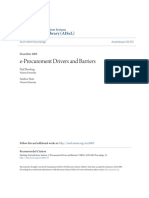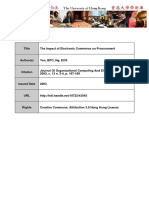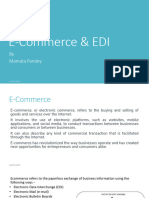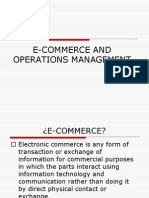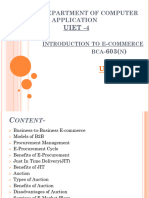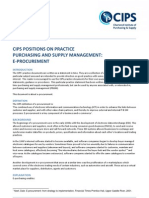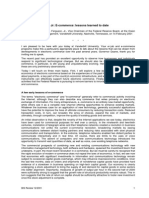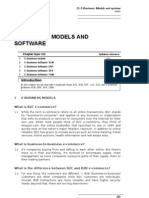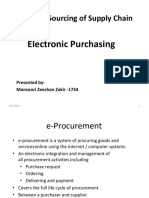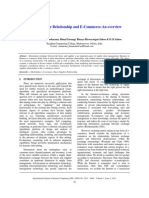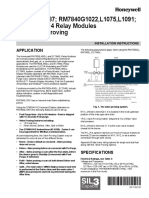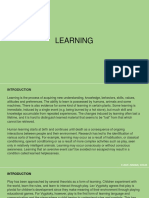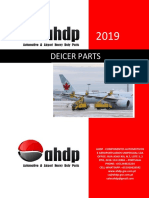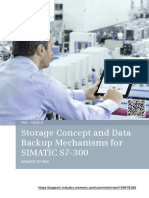0% found this document useful (0 votes)
28 views12 pagesA Model For Assessing The Impact of Electronic Procurement Forms Luitzen de Boer Jeroen Harink Govert Heijboer
This document presents a model for assessing the impact of various forms of electronic procurement on purchasing costs. It defines six main forms of electronic procurement such as e-MRO, e-sourcing, and e-reverse auctions. The model evaluates how these forms impact organizational costs and benefits based on criteria like transaction costs. Empirical case studies are used to validate the model.
Uploaded by
chiredzitowncouncilCopyright
© © All Rights Reserved
We take content rights seriously. If you suspect this is your content, claim it here.
Available Formats
Download as PDF, TXT or read online on Scribd
0% found this document useful (0 votes)
28 views12 pagesA Model For Assessing The Impact of Electronic Procurement Forms Luitzen de Boer Jeroen Harink Govert Heijboer
This document presents a model for assessing the impact of various forms of electronic procurement on purchasing costs. It defines six main forms of electronic procurement such as e-MRO, e-sourcing, and e-reverse auctions. The model evaluates how these forms impact organizational costs and benefits based on criteria like transaction costs. Empirical case studies are used to validate the model.
Uploaded by
chiredzitowncouncilCopyright
© © All Rights Reserved
We take content rights seriously. If you suspect this is your content, claim it here.
Available Formats
Download as PDF, TXT or read online on Scribd
/ 12
